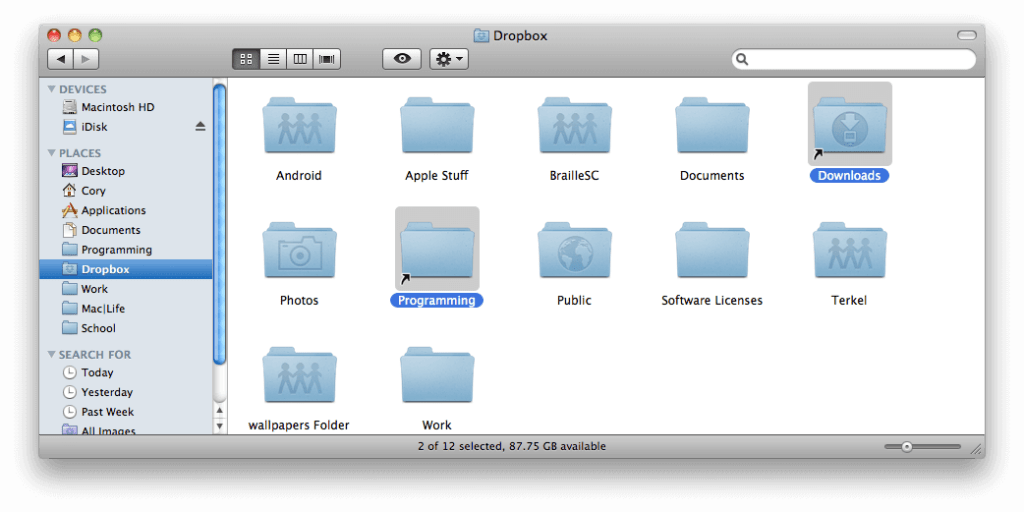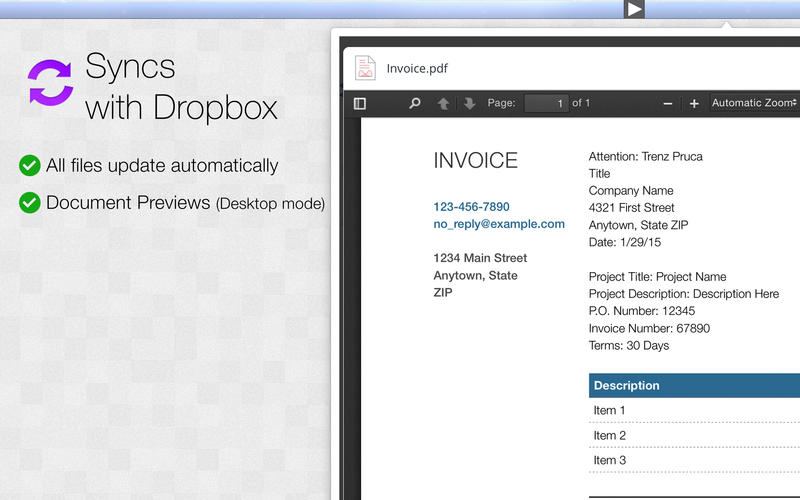

Many people no longer sync these devices at all. Over the years, Apple introduced features such as iCloud, which syncs contacts, calendars, reminders, and notes Apple Music, which lets you store your music library in the cloud the TV app, which allows you to access all the content you have purchased or rented from Apple's stores the Books app, which syncs ebooks and audiobooks etc. In the early days of the iPhone and iPad, the only way to sync content from a computer to a mobile device was by using iTunes. The screen you see when transferring files is the same. In the rest of this section, when I discuss iTunes, I mean both of these methods. Later versions of macOS split iTunes into several apps, and these features are available in the Finder. If you're running Windows, you'll be able to use iTunes for this if you're on a Mac, you'll have iTunes if you're running macOS 10.15 Catalina or earlier. ITunes has long had the capability to copy files to and from apps, as long as those apps are configured to use iTunes File Sharing. In this article, I'll look at both of these methods, and explain the pros and cons of each one. Or you can use Dropbox to sync your projects as you work on them.

You can use iTunes (on Windows) or the Finder (on Mac) to copy projects to and from your mobile devices. If you want to sync projects between devices, there are two ways to do so.

You can create projects, write, edit, and compile on your iPad or iPhone, but you can also sync projects between your mobile device and desktop computer so you can work on both devices. Scrivener for iPad and iPhone is meant to work both independently and in conjunction with Scrivener for Mac or Windows.


 0 kommentar(er)
0 kommentar(er)
